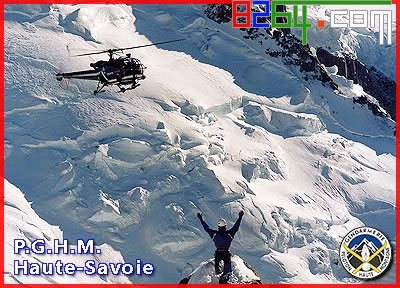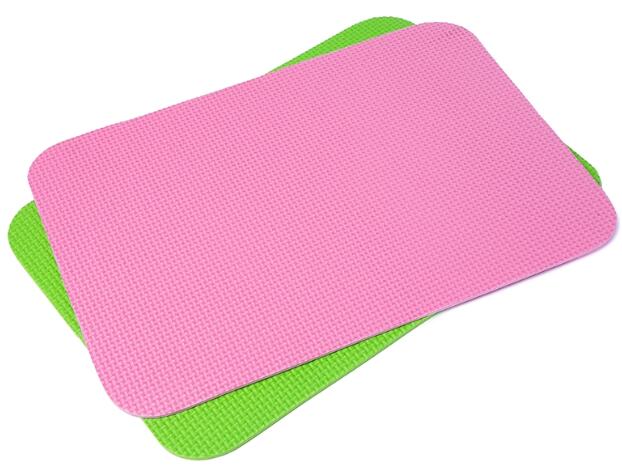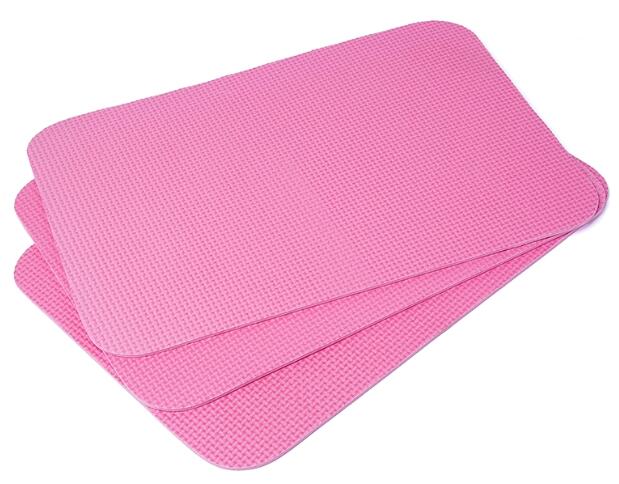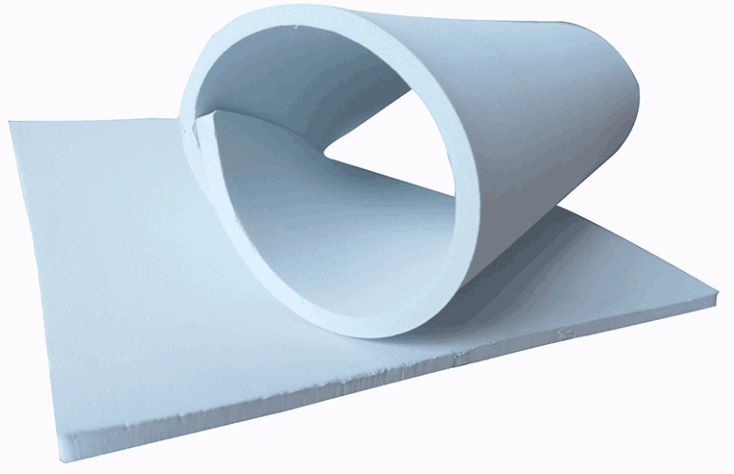Seven basic steps for mountaineering emergency rescue [Photos]
Seven Essential Steps for Mountaineering Emergency Rescue
Excerpt from > Seattle Mountaineering Club Publishing
(Translator's Note: This article outlines the outline of some of the most basic steps for the rescue of the wounded when the team (or other team) encounters an accident in the event of a mountaineering or outdoor. The specific ambulance operation is beyond the scope of this article. within.)
When accidents occur, people often feel that there are countless things to do, and they are busy and busy. Some of these are urgent things that must be done immediately. Some of them are best left to wait until they have a better understanding of the accident. The seven steps described in this article provide a program to help people organize, in an optimal manner, the actions that should be taken in the event of an emergency.

The first step: control the situation. It is best for each team to assign a leader in charge of rescue (unlike the team leader responsible for climbing). Or temporarily assign a leader. When an accident occurs, the team leader’s task is to immediately have a preliminary estimate of the current situation, assign different people to perform different tasks, or take care of different wounded people. This will be the most effective way for the entire team to respond most effectively in the shortest possible time. Avoid doing everything in one fell swoop or taking care of the wounded ones who appear to be hurt the most, but neglecting the wounded who actually need emergency care most.
The second step is to approach the wounded in the safest way. The purpose of this step is to prevent further casualties. Often at the scene of the accident, especially after the accident, dangerous factors exist, such as falling rocks, avalanches, other objects that are still falling, or terrain that is easily hit by lightning. While approaching the wounded, we must prevent further injuries to our own personnel and wounded.

The third step is to implement emergency rescue of serious life-threatening injuries.
1, check breathing and pulse. If breathing stops, life will be in jeopardy. Temporary termination of breathing may be due to possible causes of lightning strikes, being struck by heavy objects, suffocation by ropes, carbon dioxide poisoning caused by insufficient ventilation in snow caves or tents, or rupture of the pleura. If the injured are not treated in time, there is a danger of life. Sometimes, if the wounded is transferred to a safe place (such as carbon dioxide poisoning), or if another object suffocated by the wounded is removed, the wounded will automatically resume breathing. If breathing is difficult because the pleura is punctured and the pressure on the chest is destroyed, the wound should be immediately blocked by hand and then sealed with gauze.
2. When it is found that the wounded person cannot breathe, he should immediately open the breathing channel of the wounded person to prepare for artificial respiration. The specific operation is as follows. If there is no indication of a cervical spine injury, place a hand on the victim's forehead and gently pull the forehead back. Another hand lifts the squatting of the casualty slightly until the jaw is almost perpendicular to the ground. If there are signs of cervical spine injury, the step of pulling the forehead backwards should be omitted, and the chin should be lifted upwards and forwards. The implementation of correct artificial respiration is best to refer to the relevant special books or participate in training, here only a brief summary of the steps. Grab the wounded nose and take a deep breath. Cover your mouth with your mouth. Blow the air slowly (for 2 seconds) into the victim's mouth until you see the chest bulge. repeat. Then perform chest compressions: squeeze the middle breast between the two breasts at a rate of 100 breaths/second, squeeze it deep to about 4-5 cm, and do 15 times. Repeat this two-blow, 15 chest compressions procedure until the casualty resumes breathing.
3. Immediately bandage and stop bleeding in severely bleeding wounds. If the wounded is bleeding, you can immediately press the hand to hold the wound, or raise the injured limb, until the blood flow is controlled, and then find sterile gauze wrap the wound. When the wounds are processed, the ambulancemen should immediately clear their hands of blood as much as possible to avoid infection, and not to take care of the other wounded.
4. Ensure that the wounded and rescuers are in a safe place when implementing this step. If necessary, do a transfer of the wounded before performing the ambulance. If you want to move a wounded injured person on the spine, be careful not to move the spine and maintain the relative position of the head and neck and cervical spine.

The fourth step is to protect the wounded and reduce the physical and psychological pressure on the injured. When an injury occurs, the human body consumes a lot, and it is also more sensitive to the coldness and thermal stimuli of the external environment. At this time, we must try our best to protect the wounded. In the cold environment, we must try our best to maintain the body temperature of the wounded and to meet the requirements of the wounded at this time. And try to use a relaxed tone to talk with the wounded, tell him that the rescue is ongoing, let him feel at ease.
In the fifth step, check other injuries. When the life-critical injuries have been taken care of, the wounded are safely placed. At this time, the wounded should be thoroughly examined from head to toe. Some injuries, especially internal injuries, cannot be seen at the outset or are not shown under extreme stress. They are only detectable when a full-body examination is performed.
The sixth step is to formulate an action plan: evacuation, or sending people to report and stay in the field waiting for foreign aid. At this time, as the ambulance leader, all injuries have been fully understood. At this time, we should spend some time with everyone and work out the most effective evacuation for the team’s existing resources and manpower, combining the injuries of the casualties, the current conditions of the terrain, the weather and other objective conditions, and the availability of foreign aid. Program. The guiding principle is to provide the wounded with the most effective and fastest treatment in the shortest possible time.
The seventh step is to implement the action plan. Regardless of the implementation of the plan, we must maintain close observation of the wounded, and pay careful attention to the weather and terrain. When the situation changes, relevant plans should be changed.
Postscript:
In the chaotic situation after the accident, it is unrealistic to follow every step step by step. Any theory should be used flexibly when applied to practice, and appropriate adaptations should be made. But this does not mean that theory is worthless. Theory is often the sublimation and crystallization of practice. The concepts mentioned here can sometimes make a significant difference. When you rush to the scene of a slide rope group, are you the first to help a wounded person who has a broken leg for help, or a wounded person who has already been shocked and needs urgent rescue? When you get into the tent and suddenly find a comatose companion, you immediately perform artificial respiration, but at this time you may also be exposed to the danger of carbon dioxide poisoning? A timely and effective artificial respiration may save one's life and the happiness of a family...
One of the main quintessences of the points discussed here is to remind people to proceed from the overall situation in the implementation of rescue. There is a holistic view of the situation. In the outdoor situation, resources, time, and manpower are all limited. Sometimes you need to take care of yourself to minimize losses.
Finally, I wish everyone a safe return every time you go out!
(Reprint this article, please obtain the consent of the translator in advance)
Enter Mountaineering Forum
Author: Fly authorization outdoor burning data network article was originally published Outdoor Information Network Forum
EVA sheet foam are widely used to produce top Eva products, can be skived,laminated,
including Eva insole, toys, Eva sports, promotion gifts, Eva mats and Eva sandals.
- Light weight,good elasticity
- Weatherproof and waterproof
- Flame retardant
- Sound absorption
- Heat isolation
- Elastic and flexibility
- Conductive
Material :
EVA foam
Style of EVA sheets/rolls:
Color(normal) , Glitter, Adhesive, Printed, Plush,
Mix Color, Stripe, Fluorescent, Corrugated, Formamide
Free etc
Standard Size:
A4, 20x30cm, 40x60cm, 50x70cm in sheet & in roll or Customized
Thickness:
1.5mm, 1.8mm, 2mm, 3mm, 20mm or Customized
Hardness:
35-40 degree or Customized
Color:
Any Pantone color or Customized
Print:
Silk screen printing, CMYK printing, Heat transfer printing,
Glitter printing
OEM:
Yes, accept OEM color and design
Feature:
Eco-friendly, odorless, light, colorful, good elasticity, water-proof
Usage:
Raw material,DIY materiel,educational products,gifts&crafts
Certification:
Certified by SGS,BV,PTS,STR.Testing standards
include EN71,ASTM,6P,Formamide Free,etc.
MOQ:
5000 PCS
Sample:
Free for existing sample
Sample Time:
(1) 1-3days for existing sample;
(2) Please kindly contact us if you have your own designs
Packaging:
10pcs/bags,800pcs/ctn,carton size:62*42*42cm,or as your request
Port:
Shenzhen,China
Delivery Time:
15-20 days after order confirmed
Payment Term:
L/C,T/T,PayPal,Western Union,Money Gram



Eva Foam Sheet
EVA Foam Sheet,High Density EVA Foam Sheet,Closed Cell EVA Foam Sheet,Craft Eva Foam Sheet
Ji An Chi Cai Gift and Packaging Product Co., Ltd. , http://www.chicaieva.com